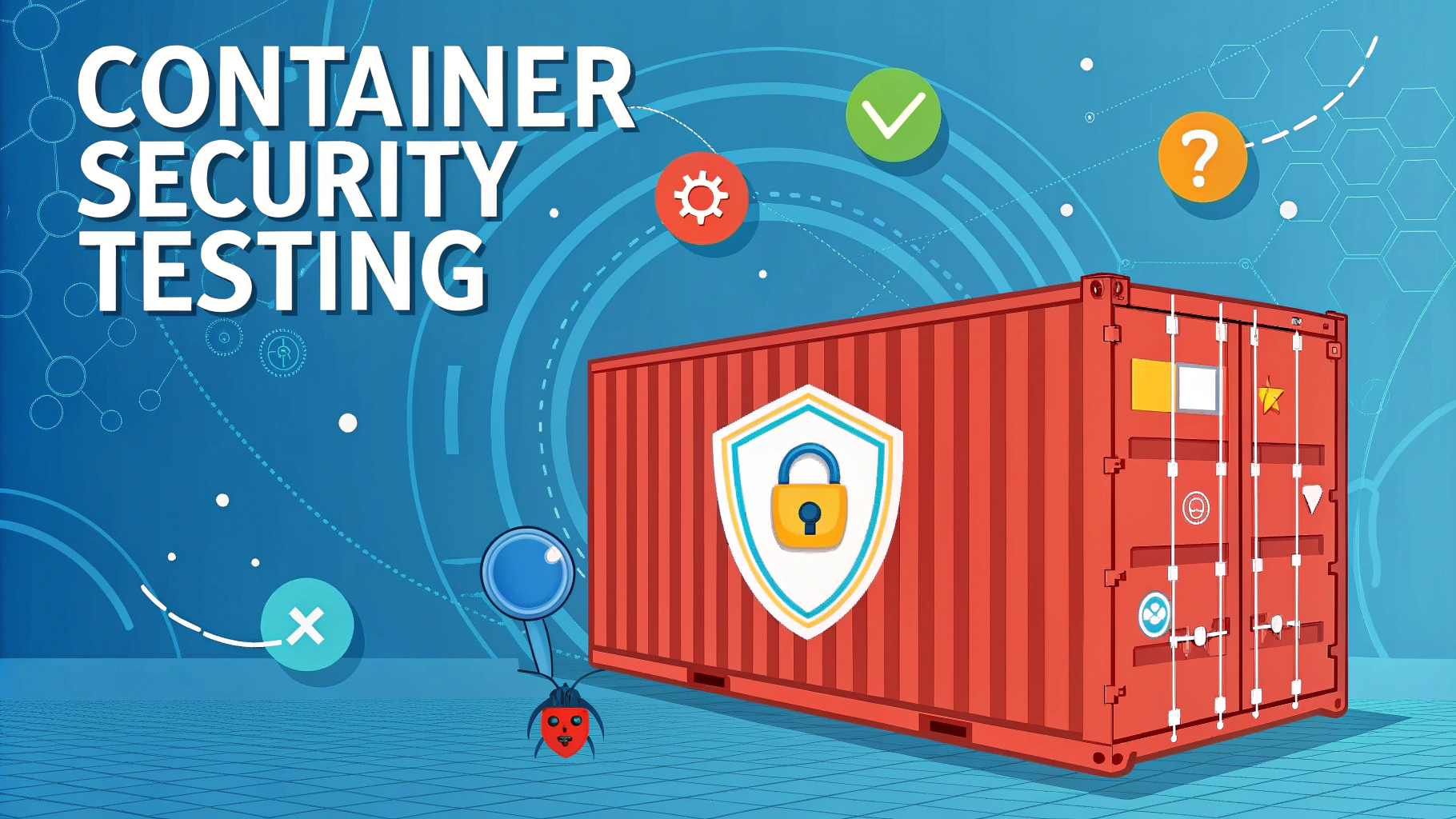CrackMapExec (CME) is a powerful post-exploitation tool designed to assess and identify security weaknesses in Active Directory environments.
What is CrackMapExec?
CME combines the functionality of tools like PowerSploit and Impacket into a streamlined command-line interface for network scanning and credential testing.
Key Features:
- Password spraying across networks
- Domain user enumeration
- SMB share discovery
- Local admin mapping
- LSA secrets extraction
Installation
Install CrackMapExec using Python pip:
pip3 install crackmapexecBasic Usage Examples
Scan a network for SMB shares:
crackmapexec smb 192.168.1.0/24Test credentials against multiple hosts:
crackmapexec smb 192.168.1.0/24 -u username -p passwordCommon Protocols
- SMB: Windows file sharing
- WinRM: Windows Remote Management
- MSSQL: Microsoft SQL Server
- LDAP: Directory services
Safety Considerations
Always obtain proper authorization before using CME on any network or system.
Best Practices:
- Document all testing activities
- Use dedicated testing environments when possible
- Monitor system logs during testing
- Coordinate with network administrators
Advanced Techniques
Dump local SAM hashes:
crackmapexec smb 192.168.1.100 -u admin -p password --samCheck for BloodHound data:
crackmapexec smb 192.168.1.100 -u admin -p password -M bloodhoundResources
Report bugs and issues on the GitHub Issues page.
Legal Notice
CrackMapExec should only be used for authorized security testing and penetration testing engagements.
Module Development
CrackMapExec supports custom modules for extended functionality.
Creating Custom Modules:
- Python-based module structure
- Access to core CME functions
- Customizable output formats
- Integration with existing modules
Reporting Features
CME includes built-in logging and reporting capabilities for documentation purposes.
Output Options:
- Terminal output with color coding
- JSON export functionality
- Database logging
- Custom report templates
Troubleshooting
Common issues and their solutions when using CrackMapExec:
Common Problems:
- Authentication failures
- Network connectivity issues
- Module compatibility errors
- Python dependency conflicts
Future Development
Ongoing development focuses on enhancing CME’s capabilities and security features.
Planned Features:
- Enhanced protocol support
- Improved evasion techniques
- Additional automation options
- Extended module library
Conclusion
CrackMapExec remains an essential tool for security professionals conducting Active Directory assessments. Its versatility, extensive feature set, and active development make it valuable for authorized security testing. Users must maintain ethical standards and obtain proper authorization before deployment.
FAQs
- What is CrackMapExec (CME) and what is its primary purpose?
CrackMapExec is a post-exploitation tool that automates assessing security in Active Directory environments. It’s designed for network reconnaissance, credential gathering, and identifying common security misconfigurations. - Which protocols does CrackMapExec support?
CME supports multiple protocols including SMB, WMI, MSSQL, LDAP, SSH, and WINRM, allowing penetration testers to interact with various services across Windows networks. - How can I install CrackMapExec securely?
CrackMapExec can be installed through Python pip with ‘pip3 install crackmapexec’, through Docker, or by cloning the GitHub repository. The most stable method is using pip installation in a dedicated Python virtual environment. - What are the common flags used in CME commands?
Common flags include -u (username), -p (password), –local-auth (local authentication), -H (hash), and -M (modules). The –shares flag is used for enumerating shares, while -x executes commands. - How can CrackMapExec be used to enumerate domain users?
Use the command ‘crackmapexec smb target -u username -p password –users’ to enumerate domain users. This will list all users in the domain along with their properties. - What is the password spraying technique in CME?
Password spraying in CME involves testing a single password against multiple user accounts using the syntax ‘crackmapexec smb target -u users.txt -p password’. This helps avoid account lockouts by limiting attempts per account. - How does CME handle password hashes for authentication?
CME can perform Pass-the-Hash attacks using the -H flag followed by the NTLM hash. It accepts both LM:NTLM format and just NTLM hashes for authentication against Windows systems. - What modules are available in CrackMapExec?
CME includes modules like empire, mimikatz, enum_chrome, rdp, tokens, and spider_plus. These modules extend functionality for specific tasks like credential harvesting, browser data extraction, and share enumeration. - How can CME be used to identify vulnerable systems?
CME can identify systems vulnerable to specific exploits using modules and built-in checks. It can detect misconfigurations, unpatched systems, and weak security settings across the network. - What logging options does CrackMapExec provide?
CME logs results to ~/.cme/logs/ by default and supports various verbosity levels using -v flags. It can generate logs in multiple formats and provides real-time output of operations.








